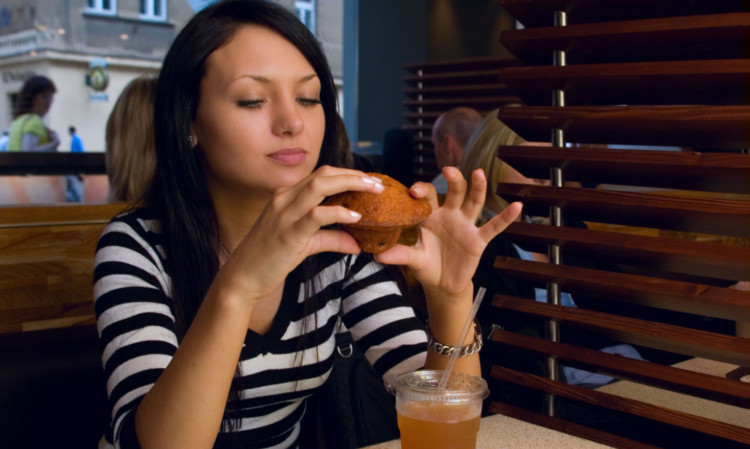
Scandal as 2500 restaurants and takeaways found to pose risk to health.
More than three cafes, restaurants and shops a day are caught breaking strict food hygiene rules.
A Sunday Post probe has revealed almost 2,500 eateries across Scotland have been found to pose a risk to public health in the last two years.
Council enforcement officers deemed 55 so serious they shut them instantly. In some cases the owners were prosecuted.
Inspectors discovered filthy kitchens, untrained staff and infestations of rats, mice, cockroaches and beetles. In one case a takeaway was slammed for contaminating food with chicken faeces after keeping hens on the premises.
In another, a restaurant was apparently “operating without water”.
John Sleith, of the Royal Environmental Health Institute of Scotland, warned hygiene breaches are having a serious impact on people’s health and the public purse.
He is calling for GPs to help bring rogue traders to justice.
He said: “Food poisoning can have serious effects, particularly on the vulnerable.
“On rare occasions you can match a ‘fingerprint’ of bacteria someone has been infected with to samples taken from places where they’ve eaten.
“The problem is that many people don’t go to their doctor with food poisoning and often if they do, doctors don’t take samples.
“If more doctors asked for samples we’d have more matches to pursue rogue food outlets.”
Around one million Britons are struck down by food poisoning every year. It ussually leads to fever, vomiting and diarrhoea.
The cases place a massive demand on hospitals and cost the UK economy an estimated £1.9 billion a year.
Our probe revealed 2,493 food outlets in Scotland almost half of which were in Glasgow were served with Hygiene Improvement Notices between 2011 and 2013.
Among those closed on the spot was the New Jingloon Chinese takeaway in Glasgow, where inspectors discovered an infestation of rats and cockroaches.
Edinburgh City Council served 79 improvement notices and closed 20 premises.
Environmental health officials in the city also referred 21 companies and owners to the procurator fiscal.
Some eateries were even closed twice.
These included the Clifton Fish and Chicken Bar near Haymarket train station and the In-touch restaurant in Inverleith.
The Good Fortune Chinese takeaway on Hopetoun Road, South Queensferry, was also closed twice last year.
During an inspection in August 2012, officers said staff had a “general lack of understanding and implementation of food safety”.
This came after the takeaway was closed in February for other food hygiene failings.
Officers in Edinburgh have also helped prosecute restaurant owners.
Hahn Pham, who runs Saigon Saigon in St Andrew Square, was fined £1,500 in January after beetles were found in his restaurant in November 2011.
Dumfries and Galloway council closed the Wok Inn in Stranraer last year because live hens being kept “within the food premises” had resulted in “the actual contamination of food due to widespread chicken faeces”.
Council enforcement officers in Renfrewshire, Angus and South Ayrshire also uncovered a litany of wrongdoings.
Indian restaurant Shimla Pinks in Johnstone was closed after officers found it operating without water.
The Kohe Noor in Forfar, was served with a prohibition notice in July after officers found dirty food storage facilities, equipment and utensils.
In March, Narinder Singh was fined £500 for keeping his restaurant Uno’s Takeaway in Ayr, in an unclean condition.
Council officers found an infestation of beetles and flies within the food preparation area and a lack of routine cleaning.
John Sleith said most councils have a “sliding scale” of enforcement.
The least serious offences are dealt with by written warnings with the next step being the issuing of Hygiene Improvement Notices which require problems to be tackled within a certain time.
The most serious offences are dealt with HEPNs.
He said: “HEPN have immediate effect. Companies have to close down the operation there and then.
“Council officers then go to court to have the HEPN confirmed and approved.
“If a company argues successfully then an HEPN can be lifted. However, it won’t come to court for five or six weeks during which time they will have been closed until council officers are satisfied problems have been addressed.
“We can also report companies to the procurator fiscal. If the PF thinks it’s in the public interest it can go to a criminal process and summary trial. It’s the ultimate sanction.”
More than 35,000 Scottish business and organisations are covered by the FSA’s Food Hygiene Information Scheme.
At the last count around one in eight of those inspected had been told improvement was required.

Enjoy the convenience of having The Sunday Post delivered as a digital ePaper straight to your smartphone, tablet or computer.
Subscribe for only £5.49 a month and enjoy all the benefits of the printed paper as a digital replica.
Subscribe